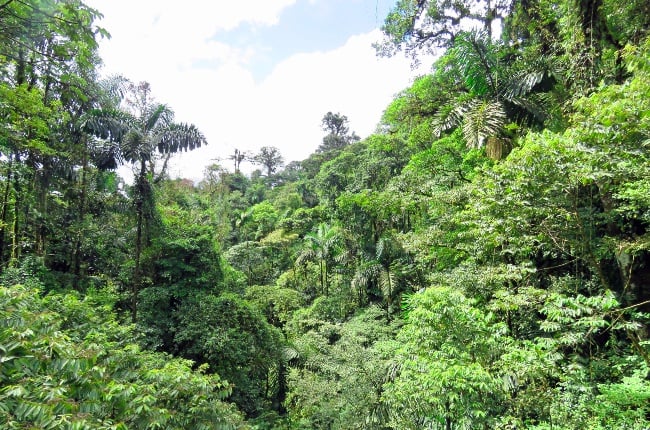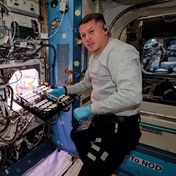
Do you know how vital plants are to us? Without plants and plant processes, life on Earth as we know it wouldn’t exist. By a process we call photosynthesis, plants use sunlight and water to turn the gas carbon dioxide into sugar. Plants then use this sugar to grow.
One of the other things plants produce through photo-synthesis is oxygen – and that’s a good thing,because we need oxygen to breathe!
Sunlight is plant food.
All living things need energy to live, and energy comes from food. But you won’t see a plant eating a hamburger – it has to get its energy in another way – through photosynthesis. This is the process by which plants transform the energy from sunlight into plant food. To put it another way, light energy from the sun is turned into food energy.
Think of photosynthesis as the recipe plants follow to make food. What are the ingredients of the recipe? Here are a few important things plants need for photosynthesis to take place:
Sunlight
This is a type of energy. Plants use it to transform water and carbon dioxide into glucose (sugar), a different type of energy.
Chlorophyll
This is a special green pigment that absorbs the energy radiated from the sun via sunlight to Earth. Without chlorophyll, plants wouldn’t be able to turn sunlight energy into food energy.
Water
A plant’s roots absorb water and nutrients from the soil. The plant has“veins” that transport the water to the leaves, and the sugar manufactured in the leaves down towards the roots. Photosynthesis can take place only if the plant has enough water to carry the nutrients.
Carbon dioxide
This is a gas the plant extracts from the air through the stomata(small holes, much like the pores on your skin) on its surface, which are found mostly on the underside of leaves. Just as we need oxygen to breathe, plants need carbon dioxide.
Soil
The mineral nutrients plants need for photosynthesis all come from the soil in which it grows.
How does it happen?
Photosynthesis takes place in the green parts of the plant, mostly the leaves.
It works like this:The plant’s roots absorb water from the soil and it’s distributed upwards through the plant all the way to the leaves.
The leaves have small openings on the surface called stomata, through which carbon dioxide is absorbed during the day.
While the sun is shining the chlorophyll(green pigment) in the leaves absorbs the energy from the sunlight.
The chlorophyll helps to transform the water and carbon dioxide into a type of sugar (energy) called glucose, as well as oxygen. The oxygen is then expelled from the plant through the stomata on its leaves.
The water in the plant’s veins carries the sugar to other parts of the plant where it’s stored. There the sugar is turned into starch.
Different plants store energy in different parts: in leaves (such as spinach and lettuce); in fruit (such as bananas, apples and berries); in the stem (such as sugarcane); in seeds (such as corn, wheat and nuts); in flowers (such as broccoli and cauliflower); or in roots (such as carrots or beetroot).
The first part of the process, where the chlorophyll absorbs the sunlight, can happen only during the day. The second part of the process, where the plant uses the carbon dioxide and sunlight to produce energy, can happen at any time – even at night.
The same but different
All plants use photosynthesis to create their nutrition. Although all plants need sunlight and water to live, different plants use different amounts of each.
Some plants, such as succulents, don’t need much water, while other plants, such as irises, need a lot. In the same way there are plants such as lavender that like being in the sun all day, while others such as hydrangeas prefer shady areas.
By getting to know each plant’s unique needs, you’ll learn how to care for different plants.
The human, animal and plant connection
Where does the carbon dioxide come from that plants need for photo-synthesis?
When humans and animals breathe in, we convert oxygen into carbon dioxide, which is then breathed out. Fire also releases carbon dioxide, as does burning fossil fuels such as coal or oil.
Plants recycle this carbon dioxide by turning it into oxygen during photosynthesis. Plants are the main source of oxygen on Earth – without plants, life as we know it wouldn’t exist.
The starch that plants store during photosynthesis also provides food for humans and animals. That’s why plants are essential in the food chain




 Publications
Publications
 Partners
Partners
















